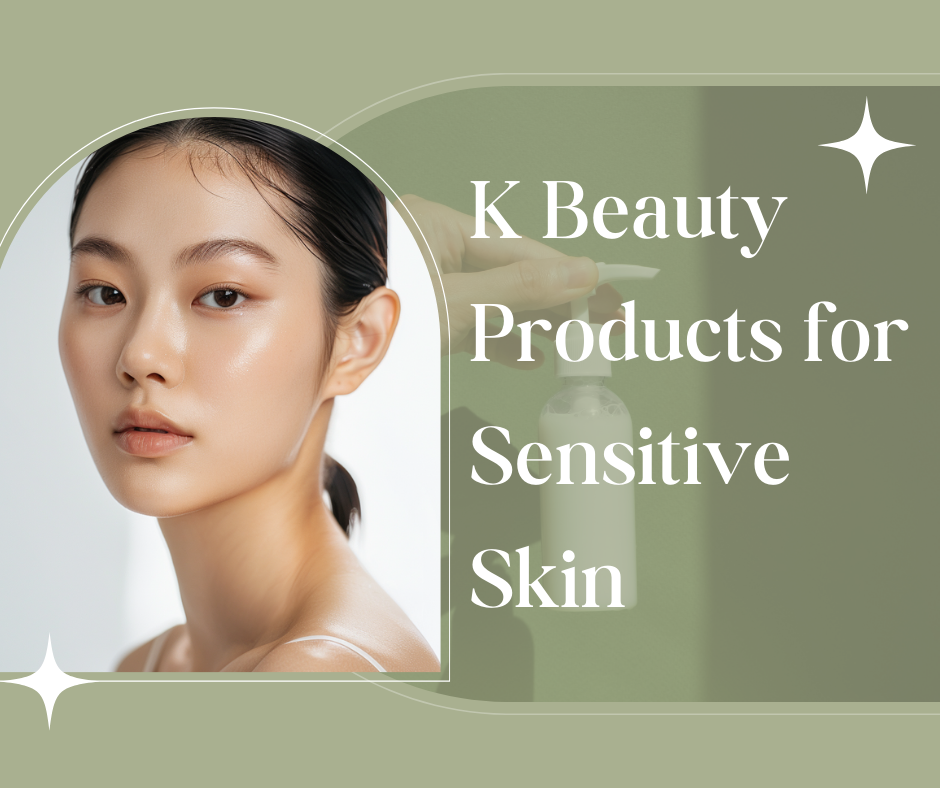Maximize Your Acne Patch Efficiency: Essential Tips for Before and After Use
- 수정 김
- Feb 16, 2024
- 2 min read
Updated: Feb 27, 2024
Are you struggling with pesky pimples and unsure how to use acne patches effectively? Fear not! Our comprehensive guide offers insider tips on choosing the right ingredients for acne patches, both before and after extrusion. Dive into our easy-to-follow advice and transform your skincare routine!

1. Ingredients of acne patches, before and after extrusion
Acne patches contain a variety of ingredients, but the ones that contain antibacterial and anti-inflammatory ingredients, such as salicylic acid and tea tree oil, are best used before extruding the pimple. These ingredients prevent the growth of acne bacteria and soothe the skin. However, if left on too long, they can damage the skin by removing the stratum corneum, so be careful.
After extrusion, try a patch with hydrocolloid ingredients. This creates a moist environment that speeds up skin regeneration, as well as protecting the wound from UV rays and bacteria. However, be careful not to use it if it's not properly extruded, as it can cause bacteria to grow and cause more acne.

2. Some acne is hard to treat with patches
Narrow pimples or red, swollen pimples can be treated with a patch, but pimples with yellow pus are not enough. Especially pustular pimples need to be careful. If there is yellow pus in the center of the pimple, it needs to be extruded, because patching alone will not remove the pus. It is recommended to use an extruder for acne. Early treatment can reduce scarring.
So when dealing with acne, it's important to look at the ingredients and conditions and take appropriate measures. I wish you a quick return to healthy skin, and we are also making hydrocolloids, so please stay tuned, and feel free to contact us if you have any questions ✨🌿
This blog will cover the ins and outs of using acne patches, focusing on the crucial differences in their application before and after pimple extrusion. We'll explore which ingredients work best in each scenario, and offer practical tips for those tricky-to-treat acne types. By the end of this read, you'll be armed with all the knowledge needed for clearer, healthier skin.




Comments